Students Demand HISD Promote an Anti-Racist Curriculum and Environment Following Summer of Black Lives Matter Protests
Black Lives Matter protests have inspired students all over the country to demand racial justice in school curriculum and policing.
Following a summer of protests in the name of racial justice, students and teachers are now informing themselves, and taking up the gauntlet to bring demands for racial justice to HISD schools.
Integrating racial discussion and anti-racist texts into the curriculum, promoting responses from schools and administration, and controlling the environment of racism in schools and society are among the demands from students and teachers, to better respond to America’s current racial climate.
“I think schools should have a no tolerance rule towards racism. It needs to be made clear to [students] that [a racist remark] isn’t right. If their intentions were to make a joke, it needs to be made very clear to them that those kinds of jokes are not appropriate, nor are they funny. Even if their intentions may not be bad, the effect of their words can be severe, because they might not understand the historical or social contexts behind what they’re saying. They need to be taught that what they said was wrong,” ” said CVHS senior Hadi Nourreddine, a member of the school’s Islamic Student Forum.
Many minority students, especially those involved in cultural clubs on campus, agree with Noureddine’s statements that there needs to be action taken when derogatory comments are made, no matter the intention.
“When you let those kinds of things foster…it affects the efficiency of learning,” Noureddine continues. “When you’re worried about [racist comments], you can’t be yourself fully, and engage in discussion with others. School needs to be a safe space that takes away from all those things, and to do so, the administration needs to handle those issues with force, and with seriousness.”
Senior Kai Parker shared his views on the implications of unchecked hostility, as a reminder that the academic environment is also an area that deserves attention.
“I think there needs to be more education about [racism]. I think they should force people to learn about Black lives, and learn about Black history because it is history, as well as a current event,” said Parker.
The integration of Black history into school curriculum is highly discussed in this district, a district with a 24.02% Black population, the second highest racial group in the district. American history has many parallels with Black history–however the former has a standardized, mandatory course, while the latter has no courses provided in the entire district. History is not the only suggestion to be added into the curriculum.
When students were asked what they had heard from the HISD district regarding the Black Lives Matter movement, they said they had not heard any direct messages, only but a few vague emails. Because of this, some students are taking action in their schools themselves.
“[Schools] should educate students regarding how to be anti-racist in the classroom,” says the Diversify our Narrative: Texas petition to Texas public schools. “High school is an optimal time to incorporate anti-racist narratives into curriculum.”
Diversify our Narrative: Texas is a branch of the Diversify our Narrative movement in the US, advocating for reform in schools, by acknowledging the country’s racist past, and making strides to reverse the negative effects of history. In HISD, “Christine Rong, Seva Raman, and Houston Academy for International Studies student Cynthia Harper founded Diversify Our Narrative HISD in July 2020.” (Holmes). They make some specific demands:
“A minimum of at least one book in every English/Literature and Composition class be by a person of color AND about a person/people of color’s experience(s).”
More info about this movement can be found on their petition to Texas public schools, and the movement’s Instagram page.
View this post on Instagram
@DiversifyOurNarrative on Instagram
“Right now, I think when people hear Black people want Black history to be taught in school they feel like, ‘Oh that’s optional’ or ‘Oh get your own class,’ but we’re learning European history, and we’re learning American history, and Black people are a part of that. So I think people would just be more open minded, because a lot of things just stem from what you were taught.”
A cultural shift in curriculum has been proven to actually benefit the educational environment. A Stanford Graduate School of Education (GSE) study found “A high school ethnic studies course examining the roles of race, nationality and culture on identity and experience boosted attendance and academic performance of students at risk of dropping out”
Some students are facing opposition to their efforts in schools. Needville Highschool senior Calista Martinez was sent to the principal’s office after the second day of wearing a custom mask to school, in which had the letters “BLM” written on it. Administrators argued that it would create conflict amongst students, even though her classmates wore Trump 2020 masks to school as well.
“It’s a serious matter and people need to know what is going on,” Martinez said, regarding the Black Lives Matter Movement, “I’m just trying to be a voice.”
Students are attempting to protest and/or show their support for the movement in their own ways in schools.
“After a summer of protests about police violence against Blacks, Martinez said she was merely trying to stand with those drawing attention to the issue,” according to the Houston Chronicle.
As the weight of equality strengthens, students are looking for ways to get involved and active.
“Protesting in the hot sun just because they feel like it because they want the best for the country moving forward” is one thing Hadi Noureddine mentionedis something the youth has done to support the movement.
Students in previous months have taken their protests to the streets in order to support the movement, however as the pandemic becomes more severe in the world, there are many powerful ways in which action can be taken from home.
“Find black people, probably on social media, who are vocal about it and just listen to what they have to say, and understand what they have to say. And then, educate yourself. Educate yourself formally like reading books, and just listen,” said Kai Parker on how to be involved.
Parker ties in on the idea that social media is a major platform for students to use in order to be a part of the movement. Using online resources, signing petitions, sharing and spreading information, and using social media as a tool to communicate with others and spread a message is an easy way to do something for Black Lives Matter, even if you are stuck at home.
Visit Black Lives Matter for resources and more ways to get involved.
Your donation will support the student journalists of Carnegie Vanguard High School. Your contribution will allow us to cover our annual website hosting costs and fund field trips, competition fees, and equipment. We appreciate your support!

HEY! My name is Emma Pierce and I'm a senior. I am apart of the girls soccer team and love photography


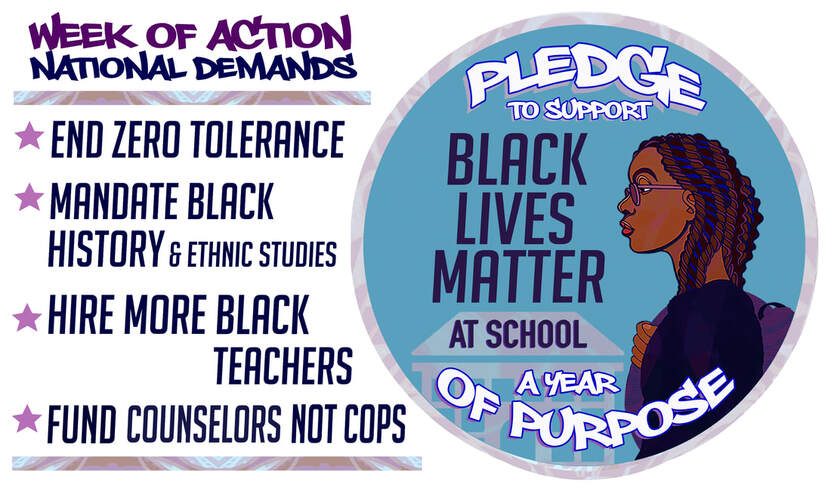
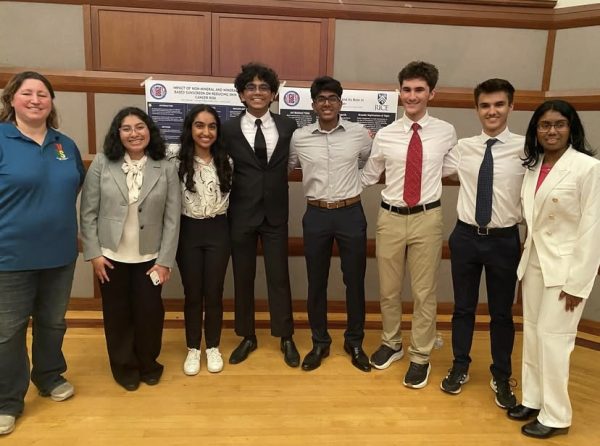
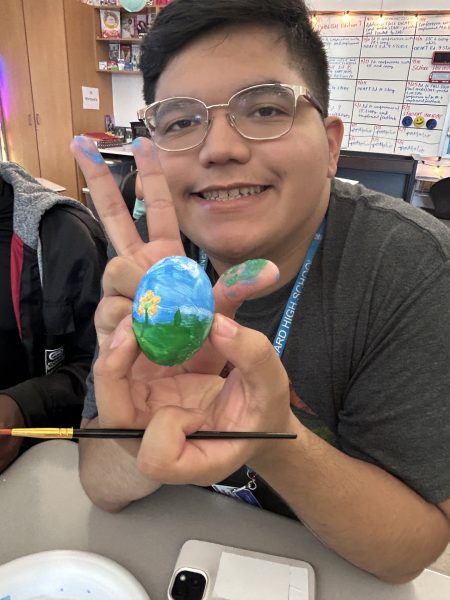
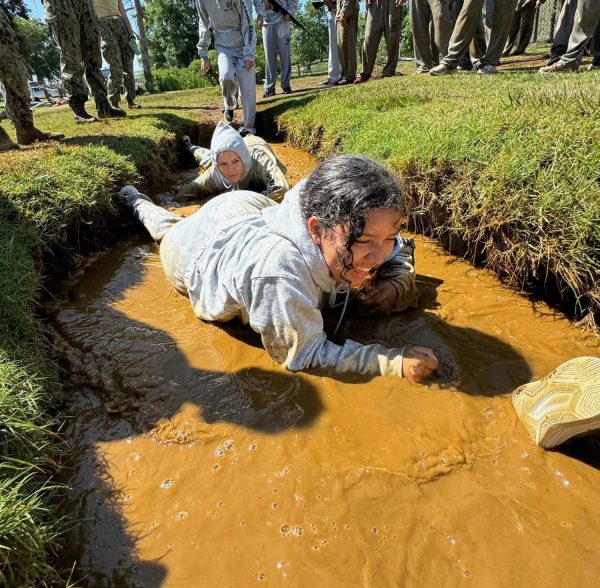
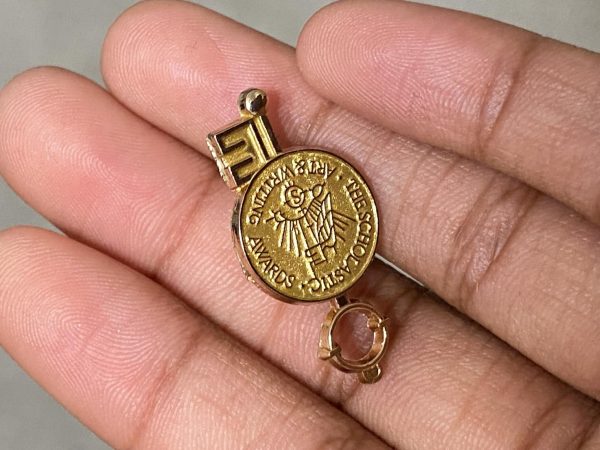
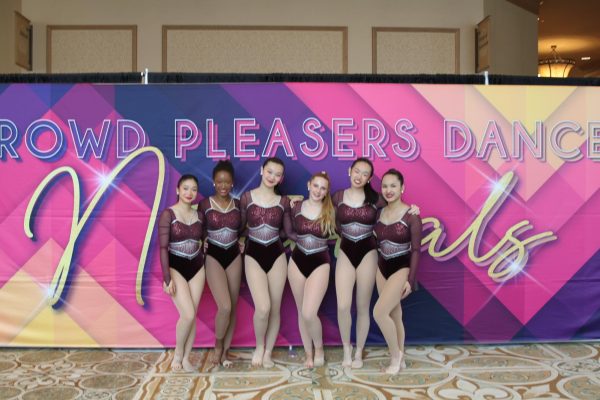
Talia Moghnieh • Nov 13, 2020 at 11:03 am
I thought this article was very well done, and eloquent. I think they way the article was written about such a serious topic really respected the topic. What I especially liked is the amount of quotes and information that was given by all the students was incorporated really well.